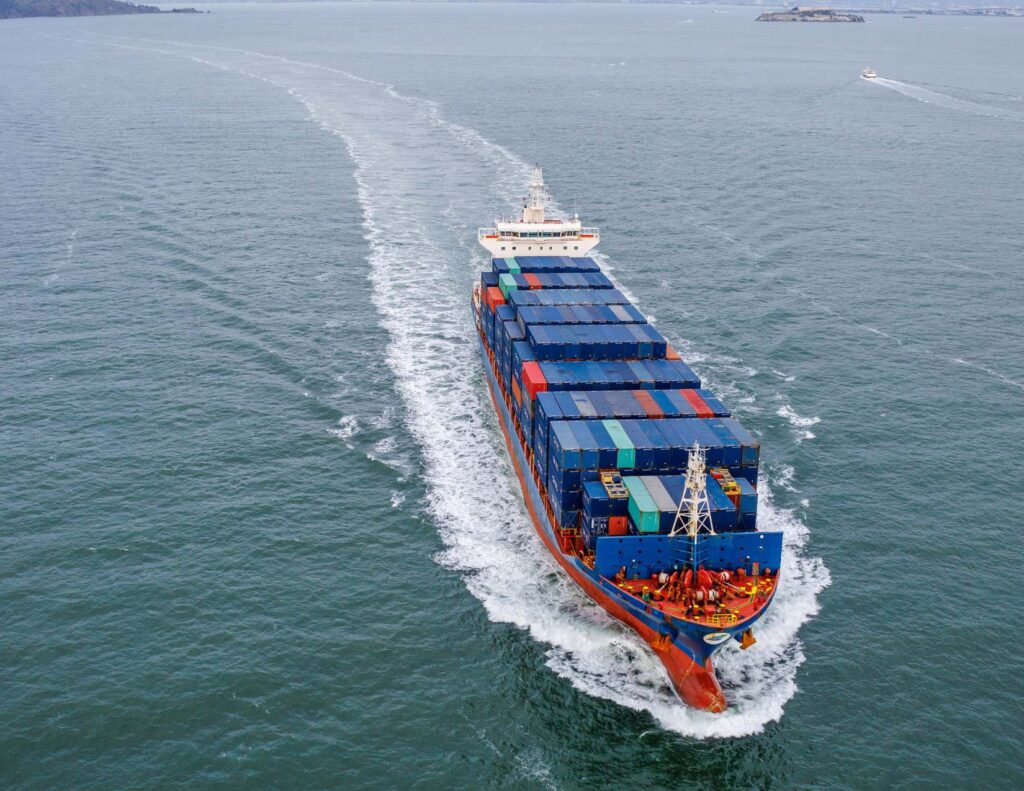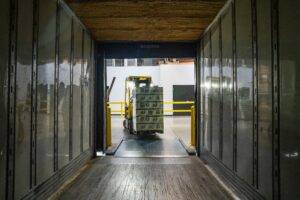Every business owner needs assurance about security and timely delivery in the logistics world. Business owners must ensure that their goods are secure and can be timely delivered to distributors, retailers, and end users across the country. They protect their product by packaging it in boxes, crates, or pallets to keep it from becoming damaged in transit, and they can only hope that they also deliver it on time. This problem can be solved using less-than-truckload (LTL) shipping, which is the most suited approach for business owners who need to send light, bulky things but demand more space in the truck and want to maximize their expenditures for large, palletized shipments.
Even though less-than-truckload (LTL) freight shipment is still a relatively new phrase and idea in the freight industry, its popularity among shippers has increased significantly in recent years. What exactly is meant by the term “LTL freight shipping”? It indicates that you can move substantial volumes of freight over extensive distances without paying exorbitant charges or waiting for several weeks. Businesses that need to ship things that are either huge or heavy should look into LTL freight shipment as their best option.
The business can save time and money by having the freight picked up at a warehouse and delivered directly to its intended location. In addition, LTL freight shipping has several benefits not offered by other shipping methods; these advantages, as well as others, will be discussed in further detail in the following blog post.
Briefly Describe LTL Freight Shipping
The term”LTL” stands for “less than truckload,” which indicates that the shipment is smaller than a full truckload. A more compact truck will be used to transport the cargo. There could be more than one shipment, depending on the cargo volume. When multiple consignees send their packages together, the shipping method is less-than-truckload (LTL). Less-than-truckload (LTL) shipment costs less than full truckload transportation.
Many advantages come with LTL freight shipping, including reduced transit times, fuel consumption, and route planning costs. Freight shipping is not limited to large corporations. Shipping LTL freight doesn’t have to be difficult or expensive, but it can significantly impact your company’s success. It can reduce logistics costs and provide greater delivery and pickup windows flexibility. Using LTL shipping helps you save money and time and reduces your environmental impact.
Why Businesses Need Less-Than-Truckload Freight Shipping
LTL shipping, especially from a company with a huge domestic service area, might be useful in various situations. The capacity to save money and time is crucial to running a successful business. This advantage is especially useful when ordering and receiving goods directly from a manufacturer or supplier. It also allows for convenient delivery and pickup times. Instead of waiting until the late hours of the night or the early hours of the morning, you can arrange delivery times that work around ordinary business hours.
In addition, LTL freight shipping enables you to lessen the environmental effect of your daily deliveries, making it an ideal choice for fostering a sustainable future by considering the significance of our actions as individuals and businesses. Retailers can benefit from moving forward with this kind of decision by deciding how to handle their operations on a broader scale. More significantly, it serves as an example for others to consider product origins and transportation routes to improve those processes for the greater good.
Upsides of Less Than Truckload Shipping
There are a number of advantages to using LTL shipping for any company that sells products to customers in various regions of the country.
Cost-Efficient
The amount of space in a trailer used by your cargo is relatively tiny, and thus, the amount you pay for is relatively less. If your package is fragile or potentially dangerous, the majority of shipping companies can offer additional services at reduced rates.
Flexibility to Ship Less Quantities
There is no need to hold off on sending out orders until production has produced 10,000 pounds of merchandise. The ability to quickly dispatch smaller batches increases efficiency and the likelihood of making a sale.
Enhanced Safety Measures
A well-packaged pallet will keep your boxes from shifting about in transit, which will prevent your shipment from being damaged. Even when shipping items that require special care, you can have faith in their safe arrival at their destination.
Simple to Monitor
Packages can be tracked from start to finish because of the numerous “marks” they receive and the people who handle them along the way. You can determine its whereabouts using information like the bill of lading number, PRO number, PO number, shipment reference number, and range of dates for pick-up.
Environmentally-Friendly
Since LTL trucks are always working at full capacity, fewer trucks are on the road overall. As a business owner, you can understand the need to do all you can to protect the planet.
How does LTL Shipping Work?
For LTL shipments, the hub and spoke approach is used. Under this concept, smaller, decentralized terminals (also known as “spokes”) would function as distribution hubs, while bigger, centrally located terminals (also known as “hubs”) would serve as the primary source of supply. It usually comes down to weight when deciding whether to send by LTL or package.
If you need to send items weighing more than 150 pounds but less than the 10,000 pounds required for FTL, then you should look into LTL shipping. Cargo transportation could be more cost-effective than trucking for very light or small cargo in low volumes.
Why Choose LTL Shipping for Freight?
LTL shipping is ideal for packages weighing up to 15,000 pounds, but typically not much more. When you don’t have enough cargo to load a trailer but yet want to move it economically, LTL shipping can be the way to go. The following are examples of “LTL accessorial services,” for which you will be charged extra money per service:
- Lift gate service
- Inside delivery
- Residential service
- Limited Access pickup or delivery location
- Collect on Delivery (COD)
- Inside pickup
- Arrival notification
Factors That Determine LTL Shipping Rates
Location
In general, the price will be higher when there is a greater distance to travel.
Dimensions
When determining the freight class, which in turn determines the prices, the dimensions and weight of the shipment are taken into consideration.
Mode
It is possible to expedite LTL shipments, although doing so will normally cost more money.
Type
It is highly possible that additional fees will be incurred as a result of a shipment that includes items that are either perishable, fragile, or dangerous.
Best Practices for LTL Freight Shipping
When it comes to the preparation of LTL shipments, a few factors must be kept in mind, the most important of which are the measurements, paperwork, labeling, and packaging.
- When measuring the length, height, and width of the freight contained in a single shipment, make sure that you round the measurements up to the next inch or even a few inches. Rounding up ensures that the measurements are accurate. You will need to provide exact dimensions for your carrier to make the most efficient use of their available truck space and avoid being charged for additional costs.
- For the shipping transaction to be finalized, you will be required to finish filling out a “bill of lading.” This document serves as a receipt for the items being transported and can be considered as such. Keep in mind that this document should contain as much correct information and detail as humanly possible.
- Additionally, your product’s packaging and labeling quality should be satisfactory. Be sure to stack your goods on pallets before loading them into the truck so that you can maximize the amount of space that they have. The heavier products should be placed on the bottom of the pallets. Ensure that your labeling can be read easily from the exterior of the pallet at all times.
- You should also make use of the LTL shipment tracking that is available. You should look into developing and implementing your own tracking technology if the carrier you use does not offer any form of shipment technology that provides visibility. Shippers who need to monitor their freight’s temperature, humidity, location, and truck conditions will find Log more an ideal option.
Get Reliable LTL Services from Experts
After reading this post, you will be more prepared and knowledgeable about LTL freight transportation. When shipping a lesser quantity of goods that won’t fill an entire container, LTL shipping is usually the most cost-effective option. To get the benefits of less-than-truckload transportation, you need to understand how it operates. You can hire a reliable logistics company to help you take advantage of LTL shipments. Contact I-way today if your business needs Less-Than-Truckload (LTL) Services; we’ve established ourselves as a market leader by consistently exceeding customer expectations.




